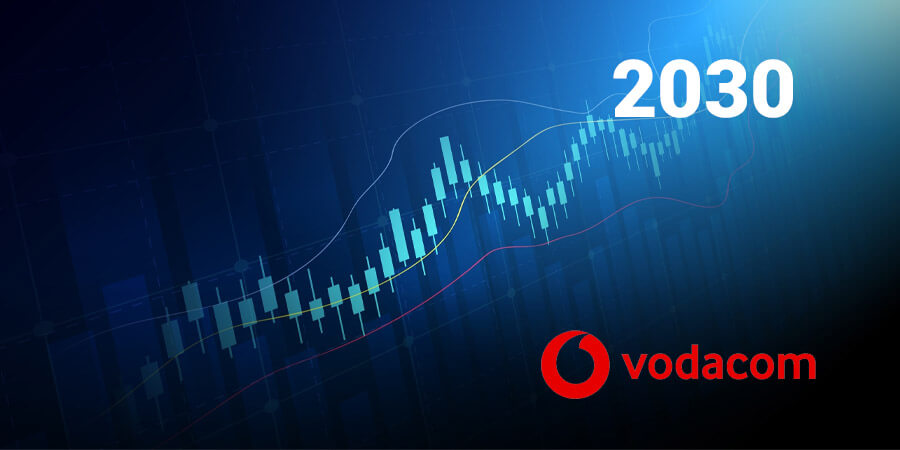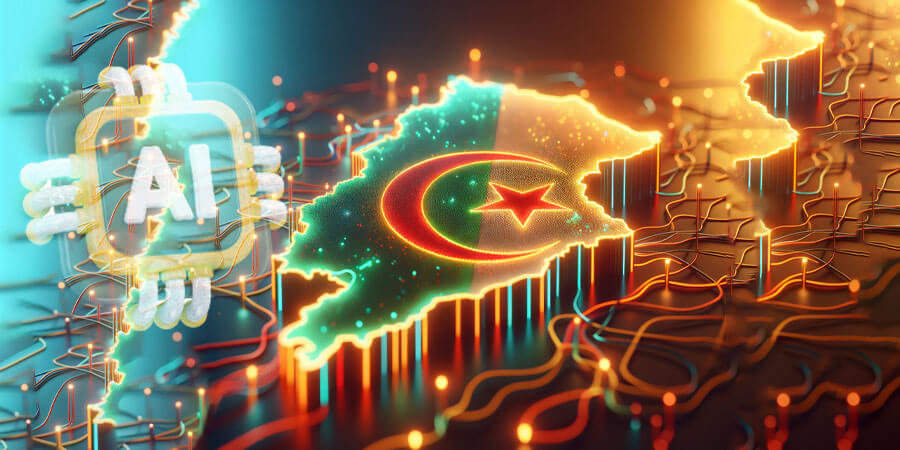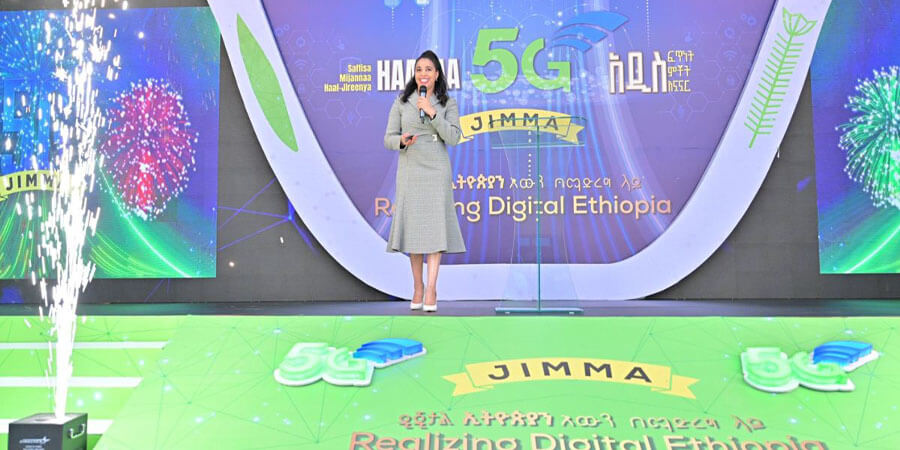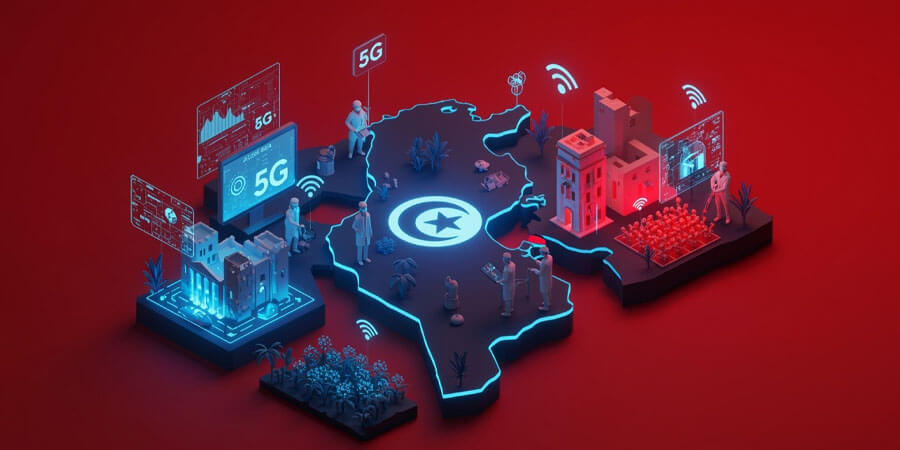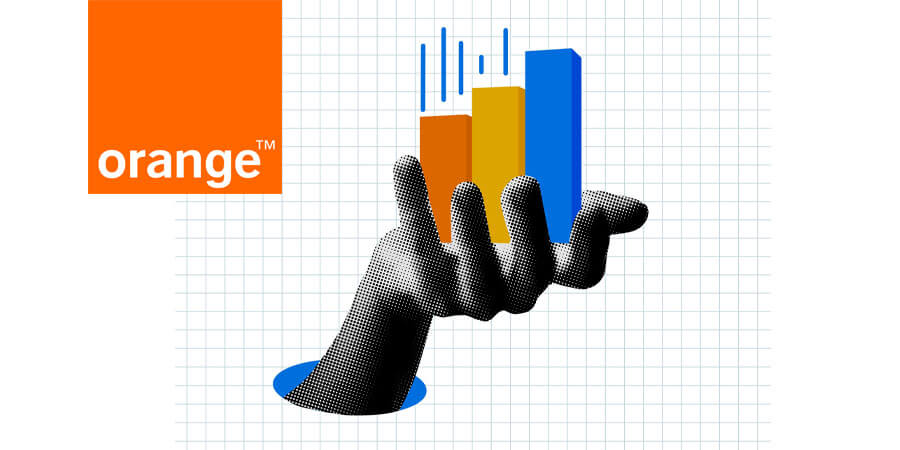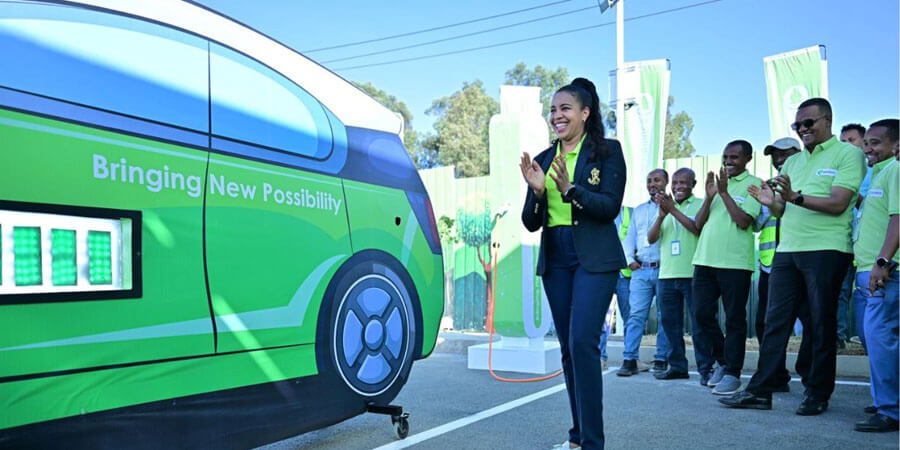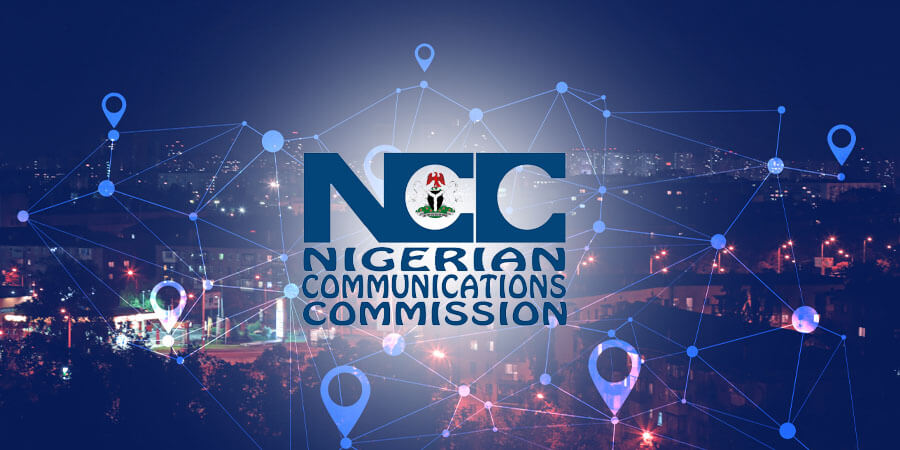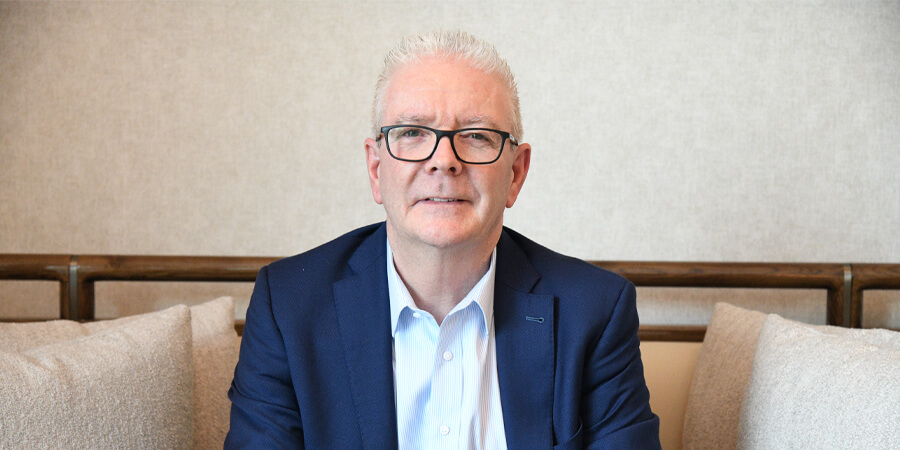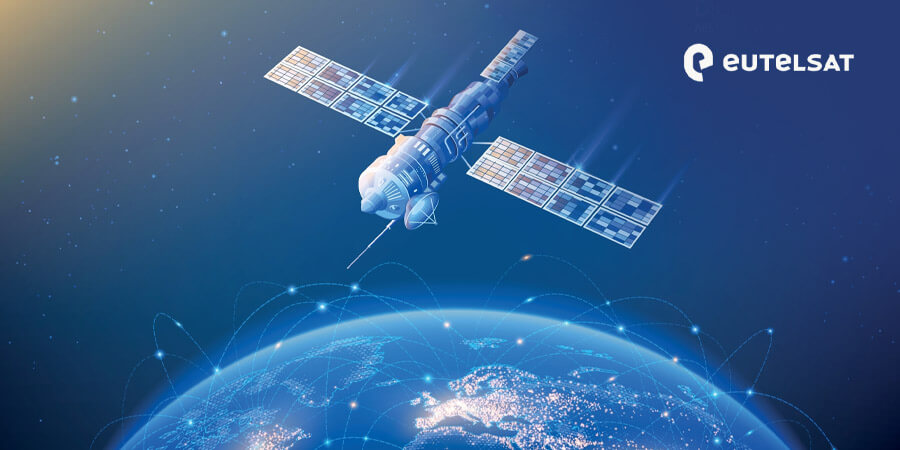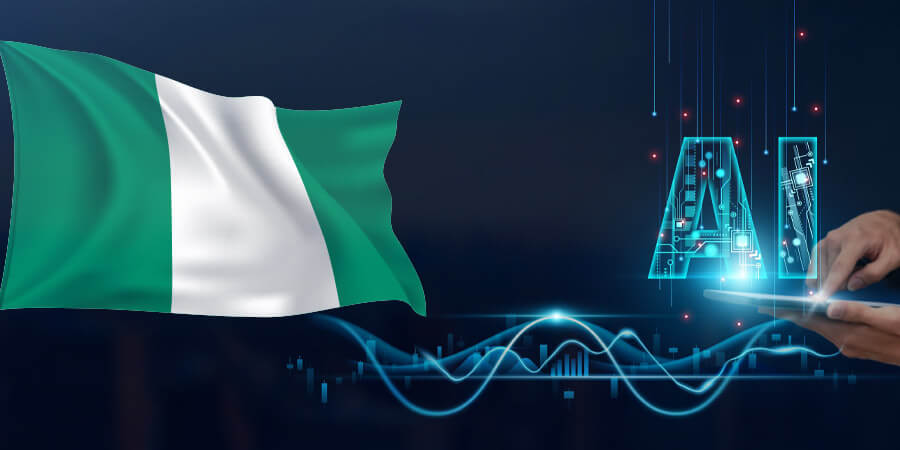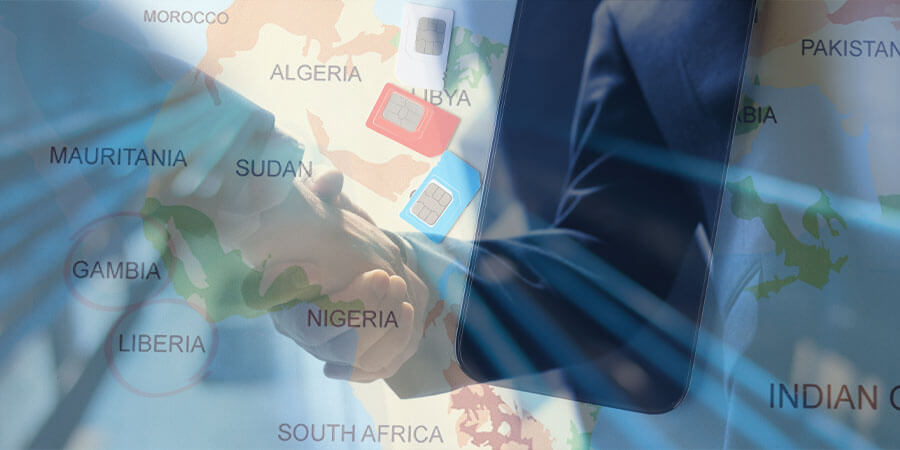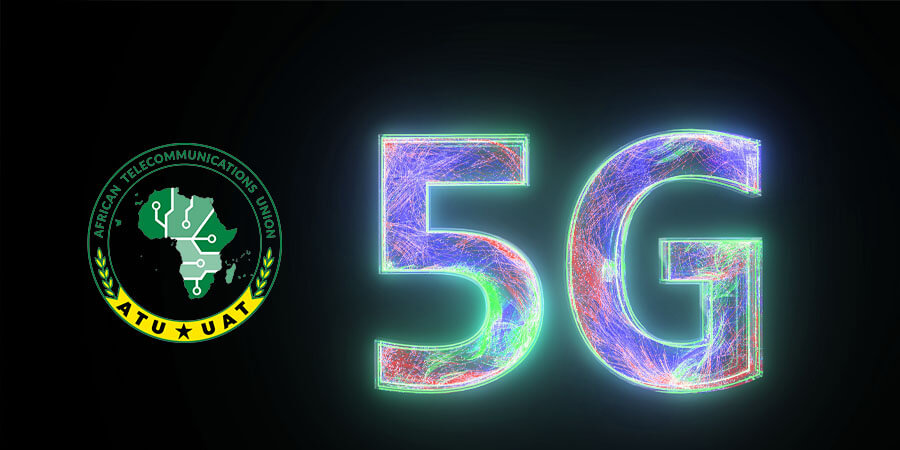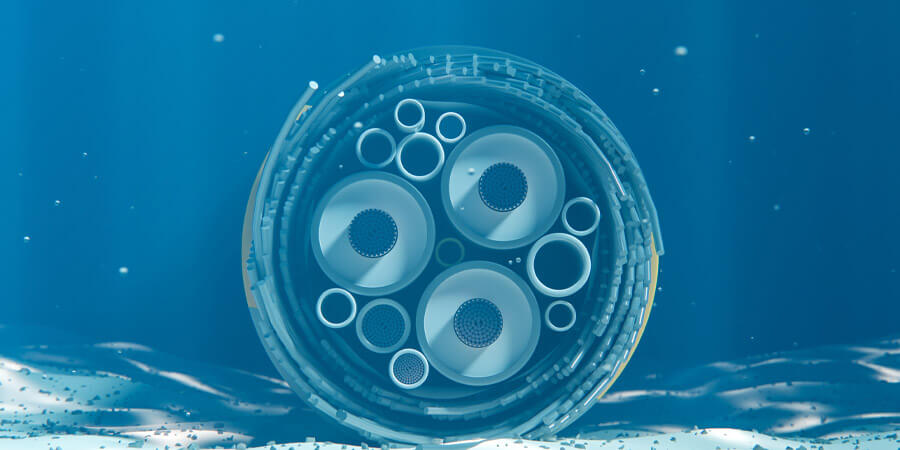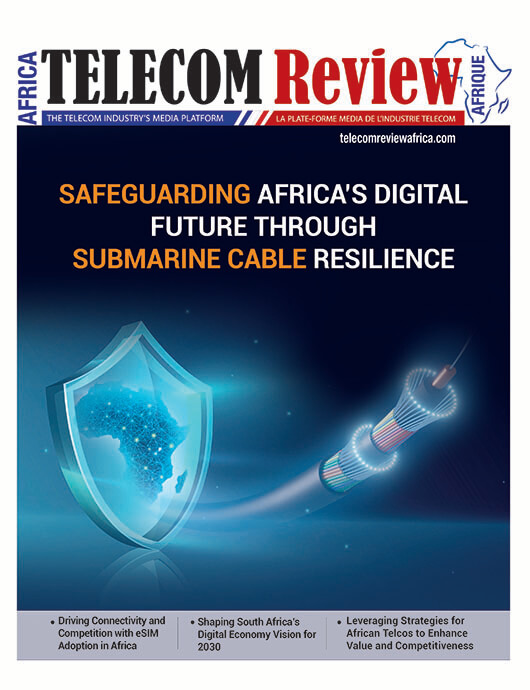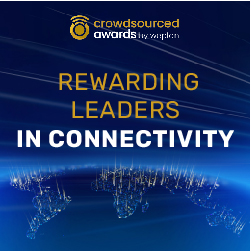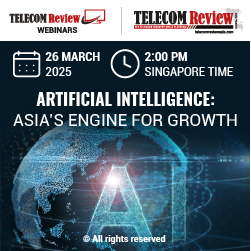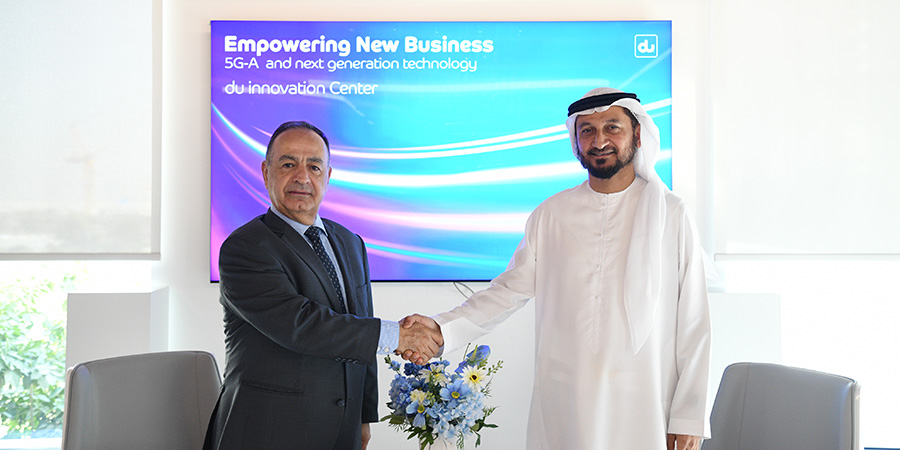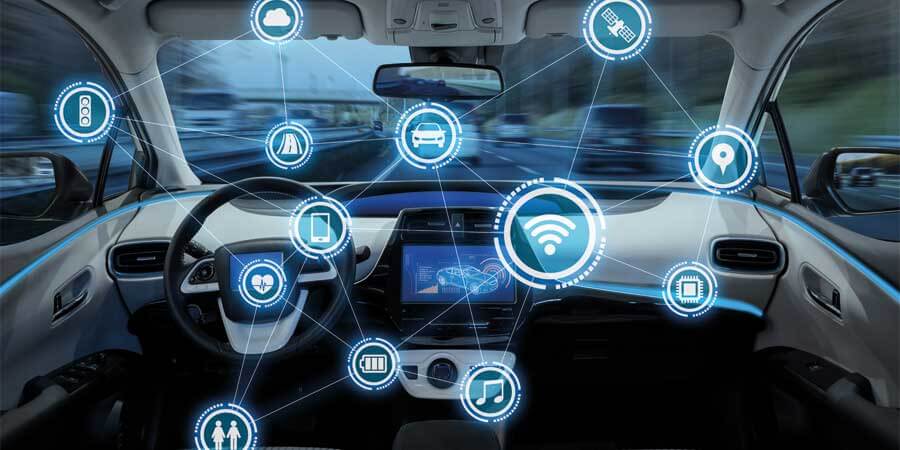With the electric vehicle (EV) market in South Africa expected to grow at a rate of 16.3% annually until 2028, with a projected value of ZAR 615 million by 2024, it's evident that the automotive landscape is headed towards a future defined by innovation. However, the shift to electric vehicles represents just the tip of the iceberg for the automotive sector. By 2030, an estimated 95% of new vehicles sold globally will be interconnected, heralding an era dominated by software, customization, and automation.
Instilling Public Confidence
The significance of trust in this transition is highlighted, especially concerning technology-driven, in-car experiences, which hold the promise of revolutionizing our interactions with vehicles. Automakers are confronted with the task of instilling public confidence in these advancements.
Similarly, vehicles are aligning with other aspects of our lives, which are becoming increasingly governed by software. The past decade has witnessed a surge in the utilization of vehicle, driver, and sensor data, giving rise to concerns regarding data security, privacy, and the reliability of features like autonomous driving.
Recent events, such as the recall of millions of Tesla vehicles in the US due to issues with their autonomous features, underscore these concerns. In response, the advocation for collaboration as a strategy is pivotal in 2024. It contends that automakers must collaborate to cultivate consumer trust in new vehicle enhancements, while the tech industry must equip them with robust IoT and cybersecurity systems, ensuring regulators and the public are kept informed.
Modern Automotive Development
The advent of advanced, cloud-based digital twins is reshaping automotive development by facilitating the early detection of integration issues and enabling broader developer participation in the design process before hardware is available. This promotes collaboration, mitigates risks, and enables teams to engage with leading designers globally.
Emphasis is being placed on establishing a lifelike virtual development environment for embedded software, which will soon enable virtual cockpit high performance compute (HPC) simulation. This streamlined development process will accelerate innovation and reduce costs throughout the product lifecycle.
Furthermore, the evolution of automotive IoT is poised to transform vehicle functionalities. Secure and reliable systems will facilitate seamless upgrades, enabling features like personalized in-car entertainment, tire wear monitoring, and contactless fuel payments.
Monitoring the realm of audio represents an intriguing frontier, with innovative software enabling exceptional in-vehicle sound experiences. This software allows for the separation of audio and acoustics software from vehicle hardware, granting designers and engineers the creative freedom to deliver premium audio experiences.
In summary, the future of automotive is interconnected, innovative, and grounded in trust. By addressing concerns and harnessing the potential of technology, the industry can unlock a future characterized by safer, more personalized, and thrilling driving experiences for all.





